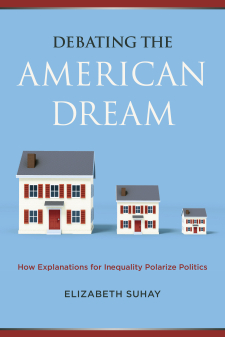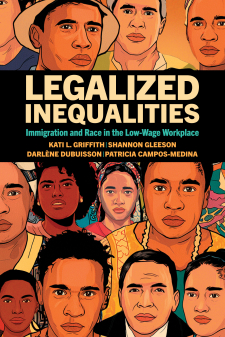Loans, Merit Aid and Tax Incentives: How Have Recent Policy Innovations Affected Inequality in College Attendance?
While the college attendance rate of children from the highest income families has risen to nearly 90 percent, attendance rates for children from low-income families hovers around 50 percent. Whereas the focus of financial aid has historically been on easing the tuition burden for low-income families that might not otherwise be able to afford college, the movement towards merit-based aid is attracting more students from middle- and high-income families while apparently crowding out students from low-income families.
To explore these issues, Susan Dynarski of Harvard University will conduct detailed research on how low-income students are impacted by unsubsidized student loans, merit scholarships and tax incentives. Using information from the Survey of Income and Program Participation (SIPP), she will examine the effect of the Higher Education amendments of 1992 - particularly provisions that increased loan eligibility for wealthy students - on the schooling decisions of the poor. Next, Dynarski will examine the impact of so-called 529 accounts - tax-advantaged savings plans for college - on the education gap. Since withdrawals from these accounts are considered income for the purpose of calculating financial aid packages, they are disadvantageous to low-income students who rely on need-based aid, making the 529 accounts essentially tax-cuts for the wealthy. Finally, Dynarski will use information from the Current Population Survey (CPS) and the 2000 census to identify the effect of merit aid on college participation among Blacks and Latinos, and assess the extent to which merit aid programs widen racial and income gaps in college attendance.
Reports and Publications
- Dynarski, Susan. "Tax Policy and Education Policy: Collision or Coordination? A Case Study of the 529 and Coverdell Saving Incentives." Tax Policy and the Economy 18. 2004. (PDF)
- Dynarksi, Susan. "Building the Stock of College-Educated Labor." Journal of Human Resources 43:3, pp 576-610. 2008. (PDF)





